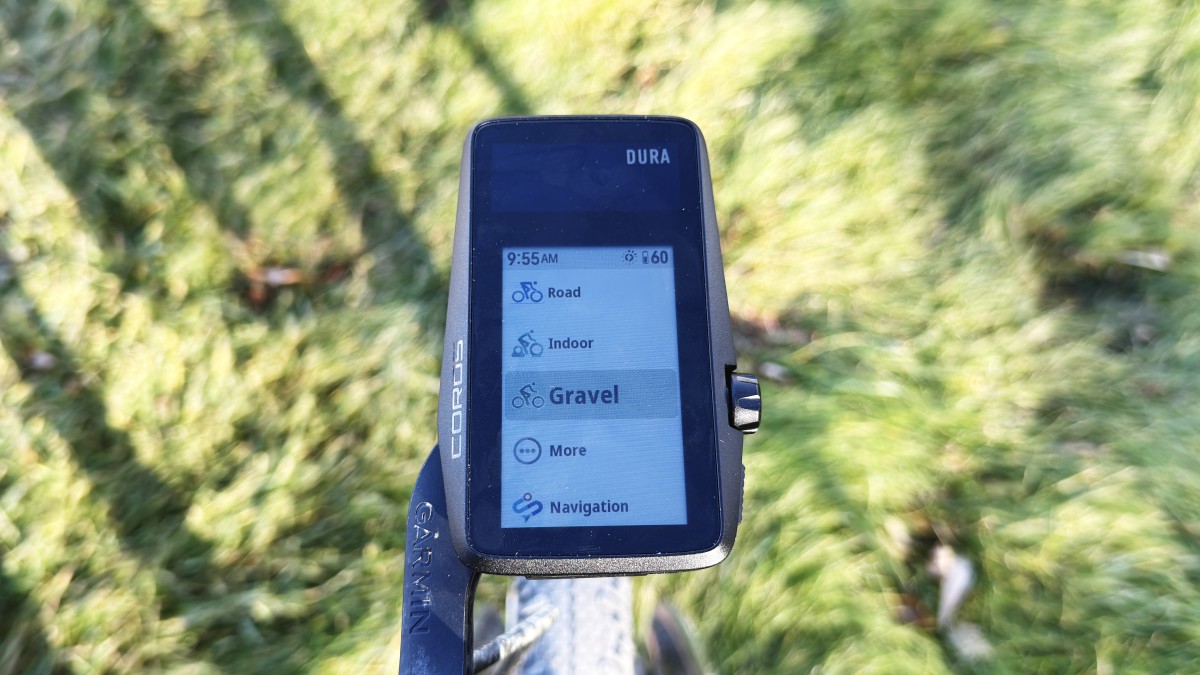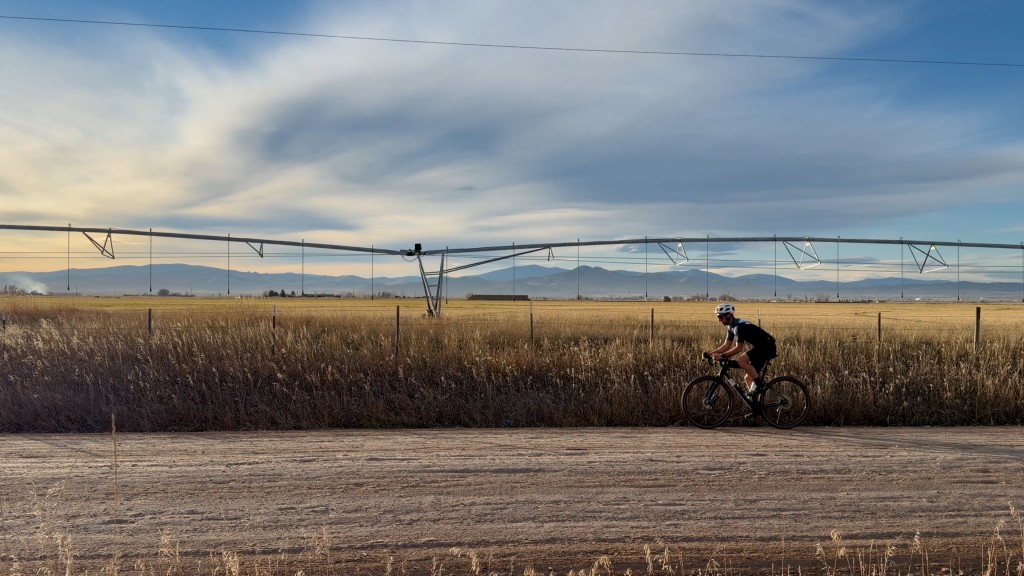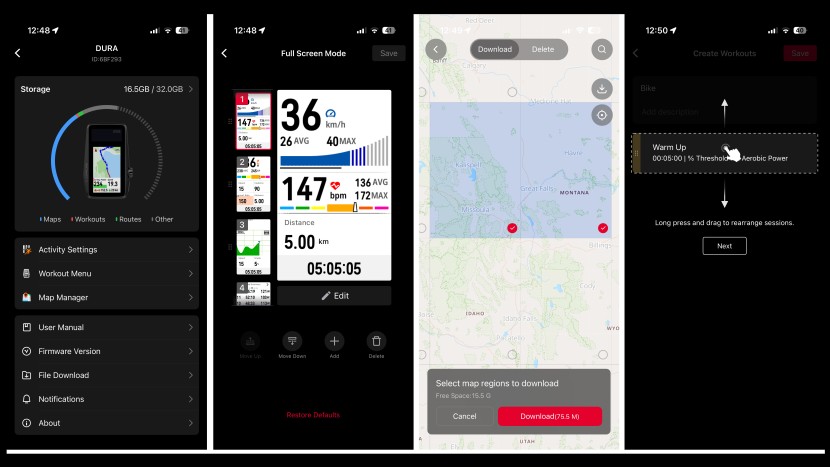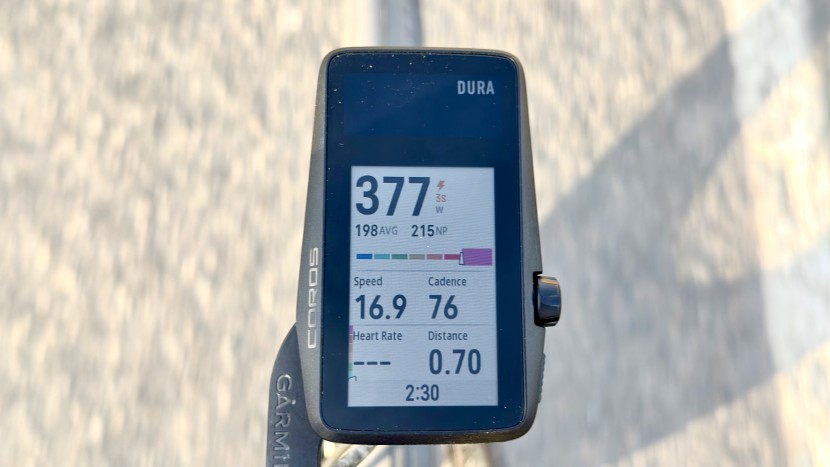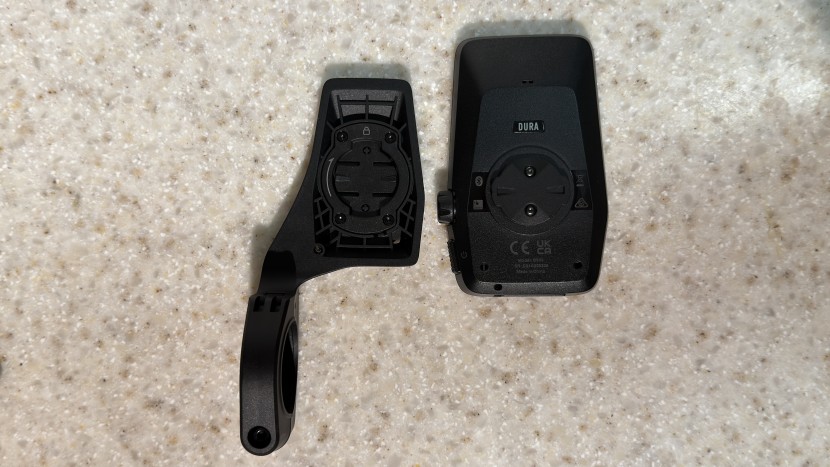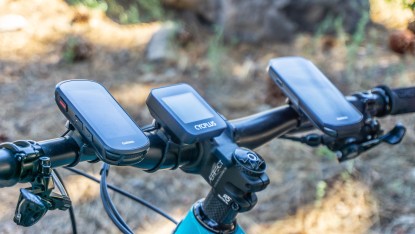
Our Verdict
Our Analysis and Test Results
Coros' first foray into bike computers is markedly different from competitor options. The solar-assisted battery has insanely long life. The user interface is simple, but highly reliant on a smartphone. The touch points are fine, but lack refinement. But considering the price, this unit packs so many features and such a smooth operation that it's hard to ignore.
Ease of Use
We'll break this section into two parts: software and hardware. First up is software. Day-to-day management of the Dura is simple. The menus on the device are easy to access and limited in scope. The device often will refer you to the Coros app for further changes. Say you need to design a route. The device will direct you to do so on the Coros app. The same for building a structured workout. Thankfully, the app is easy to use and syncs quickly. Once you're ready to ride, the Dura is almost instantaneously ready to go. It stays in standby mode, and one push of the button wakes the unit up. It typically takes less than a second for the home menu to pop up. From there, you select your activity profile and away you go.
Hardware is the bigger limiter in this category. Our tester found that the touchscreen tended to be a little laggy, and didn't always work with gloves. He spends a lot of time riding on gravel, so those relatively small issues played an outsized role in his experience. Operating a laggy menu system while riding on a bumpy or loose road can be difficult. More physical button options would be nice. Similarly, the digital dial was touchy. There isn't much tactile feedback in it, and it's very easy to bump or over-rotate, resulting in an erroneous selection on the menu. Finally, the screen was good, but not great. Depending on the angle of the sun, our tester found that the screen would be slightly difficult to read. It's not terrible, but it is worse than key competitors. Overall, the Dura is very easy to use, but there are some notable hardware limitations.
Ease of Setup
Thanks to the Coros app, setting up the Dura is fast. Intitially, we didn't tweak the provided data fields in the activity profiles. As a result, we were able to go from unboxing to mounting on the bike in under 10 minutes. Further customization happened later in our riding, but remained very simple. We found that adjusting data fields was easier in the Coros app than in that of some key competitors.
Changing setup on the fly is a little less easy, however. Again, this device does rely heavily on the app. As long as you have cell service, you should be fine to make adjustments on your phone and quickly sync them. Otherwise, you're stuck with the settings that you have until you can use the app.
Features
The Dura provides a lot for the money. Throughout this review, we've continually mentioned how tied the device is to the app. That's because a lot of the features that make this unit a standout at the price only work if you can use said app. If you can't, then you're left with a device that can connect to accesories like power meters and heart rate monitors, can utilize GPS for speed and distance, can show you a map screen with no road names, and has phenomenal battery life.
On the other hand, pairing the device to your phone opens up a number of other features. You'll be able to build and follow routes. You'll be able to re-route (assuming you have cell-service, which is an issue for cyclists you need to re-route but often ride out of service). You'll have access to Coros' advanced training metrics, FTP estimation, and more. You'll be able to customize the data fields. On it's own, the Dura isn't bad. But if you can utilize it fully with the app, it offers a lot of features that you have to spend signficant;y more to get from competitors.
Versatility
The Dura is solidly versatile in terms of software. Thanks to the multiple, customizable activity profiles, it's easy to take with you as you hammer out a road session in the morning, then hit some singletrack in the evening. On the other hand, the hardware slows it down. The size is a bit of a drawback. The actualy screen size is not that big, but the device has a large footprint thanks to the dedicated solar panel right above the screen. It's significantly bigger than key competitors without offering a larger screen. In our opinion, that's a drawback on the mountain bike, where large bike computers on the handlebars or top tube are an annoyance, and at an elevated risk of damage in the event of a crash. Add in the screen that isn't always snappy and the touchy dial, and you have a device that is much better on pavement than it is off-road.
Assuming you have cell service, this device can do pretty much anything you'll need it to do. And you probably won't have to charge it more than once per month unless you're knocking out some serious mileage. You'll just have to live with a few quirks.
Should You Buy the Coros Dura?
If you want a bike computer that has a lot of advanced features at a friendly price, the Dura is extremely difficult to beat. Sure, it isn't the standalone unit that some more expensive options are. And it doesn't offer all the features of a top-of-the-line device. But the Dura covers all the bases for most recreational cyclists. It gives you advanced data collection, decent routing when used in conjuction with a cell-phone, and a battery life that lets you almost forget about it. If you spend a lot of time on rough roads or trails, this might not be the best choice for you. But the combination of features and price is hard to beat.
What Other Bike Computers Should You Consider?
At this price point, the Garmin Edge 130 Plus is worth considering. It's a tiny little bike computer that has a suprising amount of advanced features, but doesn't offer mapping. If you don't need to see a map, we'd recommend checking that device out. If the features of the Dura sound nice, but you want a device that can be customized without a phone, the Garmin 840 offers more features and is a far more standalone device.


